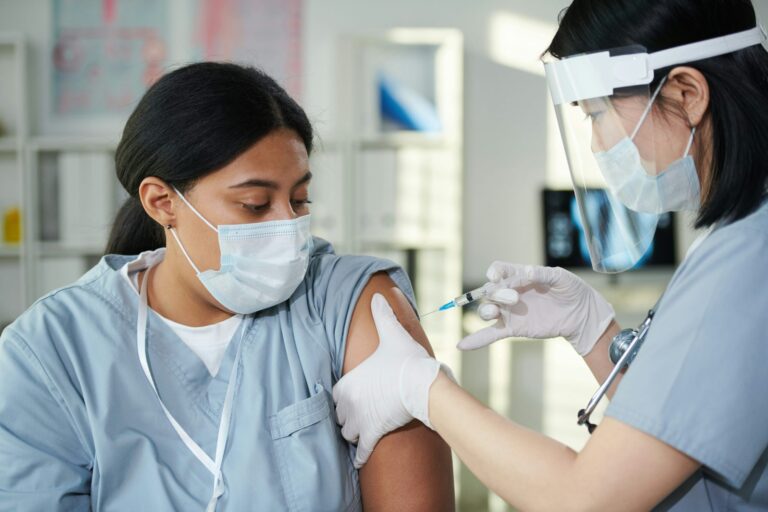As the number of confirmed monkeypox cases continued to rise in California, San Francisco health officials on August 8, 2022, announced a significant expansion of their vaccination efforts to curb the spread of the virus. The city’s public health department launched additional vaccine clinics and increased outreach to at-risk communities following a surge in cases across the state.
San Francisco, a city that had been a focal point for the spread of monkeypox in California, responded swiftly to contain the outbreak. The expansion of vaccination availability was aimed primarily at those most at risk, including men who have sex with men and people with multiple sexual partners, as identified by the Centers for Disease Control and Prevention (CDC).
Mayor London Breed, alongside Dr. Grant Colfax, San Francisco’s Director of Health, emphasized the importance of public health interventions in curbing the virus’s spread. “We are committed to taking all necessary measures to protect the health and safety of our community,” Mayor Breed said in a statement. “Our expanded vaccination efforts are part of a broader strategy to combat monkeypox and ensure that at-risk populations have access to the resources they need.”
Dr. Colfax echoed these sentiments, noting that San Francisco had been proactively working with the state and federal governments to secure more vaccine doses. “While the monkeypox virus is rarely fatal, it can cause significant discomfort and long-lasting symptoms, and we want to ensure that people who are at greatest risk have the opportunity to protect themselves,” Dr. Colfax said during a press briefing.
The city was one of the first in the country to launch a comprehensive response to the monkeypox outbreak, including setting up dedicated vaccination clinics, distributing educational materials, and providing free vaccines to those eligible. By early August, the Department of Public Health had administered thousands of doses at these clinics, particularly targeting the Castro District, an area with a high concentration of LGBTQ+ individuals, who have been disproportionately affected by the virus.
At the time, health experts like Dr. Monica Gandhi, an infectious disease specialist at UCSF, stressed that while monkeypox was not a new virus, the 2022 outbreak had prompted new challenges. “The virus has been circulating in West and Central Africa for decades, but the recent international spread has caught many off guard,” Dr. Gandhi explained. “This is a public health crisis that requires swift, focused action. Vaccination remains our best tool to limit further transmission.”
In addition to vaccination efforts, San Francisco officials continued to educate the public about the symptoms of monkeypox, which can include fever, rash, and swollen lymph nodes. While most cases were mild, health officials urged anyone showing symptoms to seek medical care and isolate to prevent further spread.
By mid-August, San Francisco had ramped up its vaccination capacity with both pop-up and walk-in clinics designed to serve individuals who may have difficulty accessing healthcare. The city’s partnership with the San Francisco AIDS Foundation and other local advocacy groups played a pivotal role in the outreach to marginalized communities, ensuring that vaccine distribution was equitable.
In response to the surge, the CDC had declared monkeypox a public health emergency in late July 2022, and California Governor Gavin Newsom had followed suit by allocating additional resources to local health departments to manage the outbreak. “We’re doing everything we can to provide local health authorities with the tools they need to protect their communities,” Newsom said in a statement.
By the end of August, San Francisco’s vaccination efforts had expanded to cover thousands of at-risk individuals, with health officials remaining vigilant in monitoring trends. With the virus continuing to spread in other parts of the country, health experts warned that more aggressive actions were necessary to prevent further outbreaks.
As the city moved forward with its public health strategies, the focus remained on containing the spread of monkeypox and ensuring that all residents, especially those most vulnerable, had access to the necessary care and resources to protect themselves.



